Description
Familiarity with treatment
Laser peels, also known as laser resurfacing or laser skin rejuvenation, are cosmetic procedures that use laser technology to improve the appearance of the skin. They are commonly used to address various skin concerns, such as wrinkles, fine lines, acne scars, sun damage, and uneven skin tone or texture.
During a laser peel, a laser device emits concentrated beams of light that target the outer layers of the skin. The laser energy heats and vaporizes the damaged skin cells, stimulating collagen production and promoting the growth of new, healthier skin cells. This process helps to resurface the skin, resulting in a smoother, more youthful complexion.
There are different types of laser peels available, including:
- Ablative laser peels: These laser peels remove the outer layers of the skin, including the epidermis and a portion of the dermis. They are more aggressive and require a longer recovery time but can provide significant improvement in skin texture and wrinkles.
- Non-ablative laser peels: These laser peels target the deeper layers of the skin without removing the outer layers. They are less invasive and have a shorter recovery time but may require multiple treatment sessions to achieve desired results.
- Fractional laser peels: These laser peels deliver laser energy in a fractionated pattern, targeting only a fraction of the skin’s surface area. This allows for faster healing and minimal downtime while still providing effective results.
Benefits of laser peels include:
- Reduction of wrinkles and fine lines
- Improvement in skin tone and texture
- Softening of acne scars and other types of scars
- Tightening of loose or sagging skin
- Stimulating collagen production for long-term skin rejuvenation
Who is it suitable for?
- Individuals with signs of aging: Laser peels can help reduce the appearance of wrinkles, fine lines, and age spots, making them suitable for individuals who want to achieve a more youthful complexion.
- Individuals with acne scars: Laser peels can help improve the appearance of acne scars by stimulating collagen production and promoting skin regeneration.
- Individuals with sun damage: Laser peels can target sun-damaged skin, including sunspots, uneven pigmentation, and rough texture, helping to restore a more even and youthful complexion.
- Individuals with uneven skin tone or texture: Laser peels can help improve the overall tone and texture of the skin, reducing the appearance of roughness, large pores, and uneven pigmentation.
- Individuals with mild to moderate skin laxity: Laser peels can help tighten and firm the skin, making them suitable for individuals with mild to moderate skin laxity or sagging.
Who is it not suitable for?
Laser peels may not be suitable for everyone. They may not be recommended for individuals who:
- Have active skin infections: Laser peels should not be performed on skin that has active infections, such as cold sores, herpes outbreaks, or open wounds. Treating infected skin with laser energy can worsen the condition and lead to complications.
- Have certain medical conditions: Individuals with certain medical conditions, such as autoimmune disorders, uncontrolled diabetes, or a history of keloid scarring, may not be suitable candidates for laser peels. These conditions can affect the healing process and increase the risk of complications.
- Have recently used certain medications: Some medications, such as isotretinoin (Accutane) or certain antibiotics, can increase the risk of adverse reactions to laser treatment. It is important to inform your healthcare provider about any medications you are currently taking or have recently taken.
- Have darker skin tones: Laser peels can carry a higher risk of pigmentation changes, such as hyperpigmentation or hypopigmentation, in individuals with darker skin tones. Special precautions and specific laser devices may be required for individuals with darker skin tones.
- Are pregnant or breastfeeding: The safety of laser peels during pregnancy or while breastfeeding has not been established. It is generally recommended to postpone laser treatments until after pregnancy and breastfeeding.
- Have unrealistic expectations: Laser peels can provide significant improvement in the appearance of the skin, but it is important to have realistic expectations. It is not a magical solution and may not completely eliminate all skin concerns. It is important to have a thorough consultation with a qualified healthcare provider to discuss expected outcomes and potential limitations.
Advantages
Laser peels, also known as laser resurfacing or laser skin rejuvenation, offer several advantages for individuals looking to improve the appearance and texture of their skin. Some of the advantages of laser peels include:
- Reduction of wrinkles and fine lines: Laser peels can effectively target and reduce the appearance of wrinkles and fine lines, helping to achieve a smoother and more youthful complexion.
- Improvement in skin tone and texture: Laser peels can help improve the overall tone and texture of the skin by reducing the appearance of sunspots, age spots, acne scars, and other skin imperfections. This can result in a more even and radiant complexion.
- Stimulates collagen production: Laser peels stimulate the production of collagen, a protein that helps maintain the skin’s elasticity and firmness. Increased collagen production can lead to long-term skin rejuvenation and improvement in skin quality.
- Precision and customization: Laser technology allows for precise targeting of specific areas of concern, allowing for customized treatment plans tailored to individual needs. Different laser settings and techniques can be used to address specific skin concerns.
- Minimal downtime: Depending on the type and intensity of the laser peel, the downtime associated with the procedure can be relatively short compared to more invasive treatments. Recovery time can range from a few days to a couple of weeks, depending on the depth of the treatment.
- Versatility: Laser peels can be used to treat a variety of skin concerns, including wrinkles, fine lines, acne scars, sun damage, uneven skin tone, and texture irregularities. This versatility makes laser peels suitable for a wide range of individuals with different skin types and concerns.
- Long-lasting results: The results of laser peels can be long-lasting, especially when combined with proper skincare and sun protection. The stimulation of collagen production can continue to improve the skin’s appearance over time.
- Minimally invasive: Laser peels are considered a minimally invasive procedure, meaning they do not require surgical incisions. This reduces the risk of complications and shortens the recovery time compared to more invasive surgical procedures.
- Customizable treatment: Laser peels can be tailored to the specific needs of each individual, allowing for personalized treatment plans and optimal results.
Complications
While laser peels are generally considered safe, there are potential complications and risks associated with the procedure. These can include:
- Skin discoloration: Laser peels can sometimes cause temporary or permanent changes in skin pigmentation. This can manifest as hyperpigmentation (darkening) or hypopigmentation (lightening) of the treated area.
- Scarring: In rare cases, laser peels can result in the formation of new scars or worsen the appearance of existing scars. This risk is higher for individuals with a history of keloid or hypertrophic scarring.
- Infection: Although rare, there is a small risk of infection after laser peels. It is important to follow proper post-treatment care instructions and keep the treated area clean to minimize this risk.
- Swelling and redness: Some individuals may experience temporary swelling, redness, or bruising in the treated area. These side effects usually subside within a few days or weeks.
- Skin sensitivity: Following a laser peel, the treated area may become more sensitive to sunlight and prone to sunburn. It is important to protect the skin with sunscreen and avoid excessive sun exposure.
- Changes in skin texture: Laser peels can sometimes result in changes in skin texture, such as roughness or unevenness. This can be temporary or, in rare cases, permanent.
- Pain or discomfort: Laser peels may cause mild to moderate discomfort during the procedure. Local anesthesia or numbing creams can be used to minimize any discomfort.
- Eye injury: If the laser peel is performed near the eyes, there is a risk of eye injury. Protective eyewear is typically used during the procedure to minimize this risk.
Previous care
Before undergoing a laser peel, it is important to take certain precautions and follow specific care instructions. Here are some common cares to consider:
- Consultation: Schedule a consultation with a qualified dermatologist or plastic surgeon who specializes in laser peels. They will assess your skin, discuss your goals and expectations, and determine if you are a suitable candidate for the procedure.
- Sun protection: Protect your skin from excessive sun exposure for at least four weeks before the procedure. Avoid tanning beds and use sunscreen with a high SPF to minimize the risk of skin damage and complications.
- Avoid certain medications and products: Some medications, such as blood thinners or photosensitizing drugs, may increase the risk of complications during laser treatment. Your doctor will advise you on which medications to avoid or adjust prior to the procedure. Additionally, avoid using any harsh skincare products or treatments that may irritate the skin before the laser peel.
- Quit smoking: If you are a smoker, it is recommended to quit smoking at least two weeks before and after the laser peel. Smoking can impair the healing process and increase the risk of complications.
- Follow pre-treatment instructions: Your doctor will provide you with specific pre-treatment instructions, which may include avoiding certain skincare products, shaving the treatment area, or fasting if necessary. It is important to follow these instructions carefully to ensure the best possible outcome.
- Arrange for transportation: Depending on the type of laser peel and the extent of the treatment, you may experience temporary discomfort or sedation during the procedure. It is advisable to arrange for someone to drive you home after the treatment.
- Inform your doctor: Make sure to inform your doctor about any allergies, medical conditions, or previous treatments you have undergone. This information will help them determine the best approach for your laser peel.
- Manage expectations: Laser peels can provide significant improvement in the appearance of the skin, but it is important to have realistic expectations. Results may vary depending on individual factors, and multiple treatment sessions may be required for optimal results.
Aftercare
After undergoing a laser peel, proper aftercare is essential to promote healing, minimize complications, and optimize the results. Here are some common aftercare instructions for laser peels:
- Follow post-treatment instructions: Your healthcare provider will provide you with specific post-treatment instructions. It is important to follow these instructions carefully to ensure proper healing and minimize the risk of complications.
- Keep the treated area clean: Gently cleanse the treated area with a mild cleanser as instructed by your healthcare provider. Avoid scrubbing or using harsh products that may irritate the skin.
- Apply prescribed ointments or creams: Your doctor may recommend applying a prescribed ointment or cream to the treated area to promote healing and prevent infection. Follow their instructions on how and when to apply these products.
- Protect the skin from the sun: Protect the treated area from sun exposure by wearing protective clothing, such as hats and long sleeves, and using a broad-spectrum sunscreen with a high SPF. Avoid direct sun exposure, especially during peak hours.
- Avoid picking or scratching: It is important to resist the urge to pick, scratch, or peel any scabs or flaking skin that may occur after the laser peel. Let the skin heal naturally to minimize the risk of scarring or infection.
- Moisturize the skin: Keep the treated area moisturized with a gentle, non-irritating moisturizer as recommended by your healthcare provider. This can help soothe the skin and prevent excessive dryness.
- Avoid strenuous activities: Avoid activities that may cause excessive sweating or irritation to the treated area, such as intense workouts or hot baths, for a few days after the procedure. This will help prevent complications and promote proper healing.
- Attend follow-up appointments: Schedule and attend any follow-up appointments recommended by your healthcare provider. These appointments allow them to assess your healing progress, address any concerns, and make any necessary adjustments to your aftercare routine.
- Be patient: It takes time for the skin to fully heal and for the results of the laser peel to become apparent. Be patient and allow your skin to go through the natural healing process. Results may continue to improve over several weeks or months.
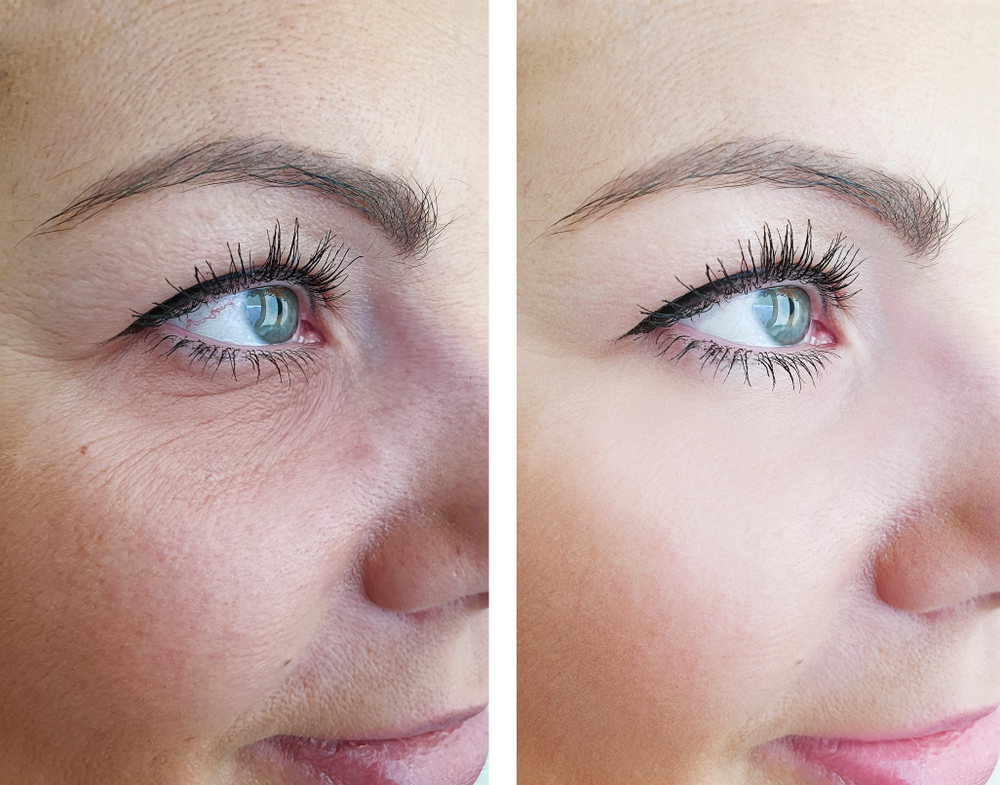
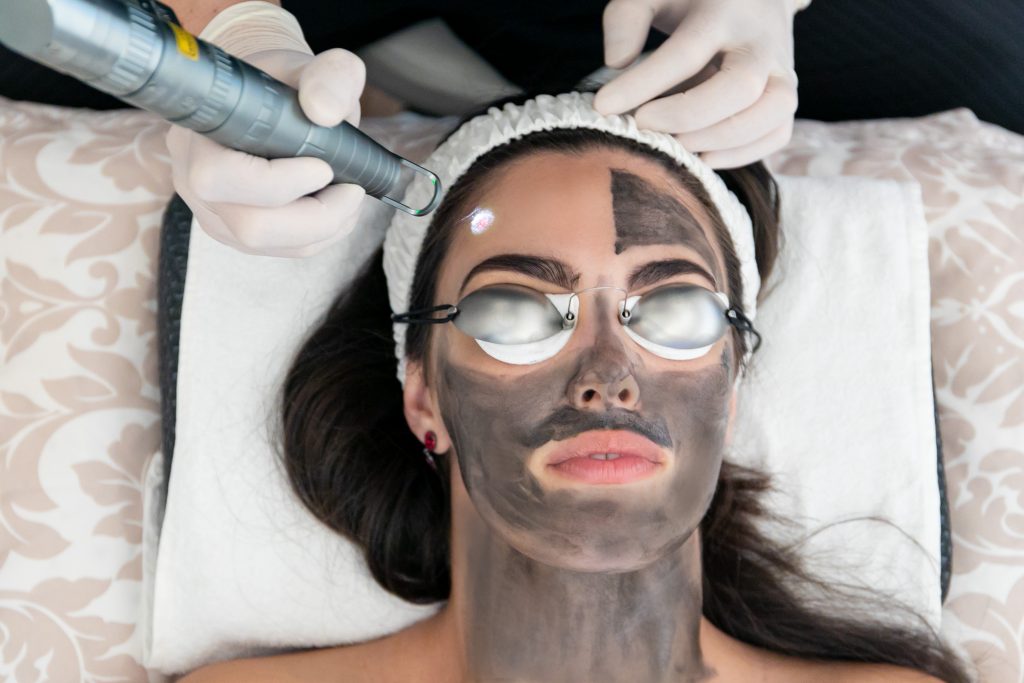
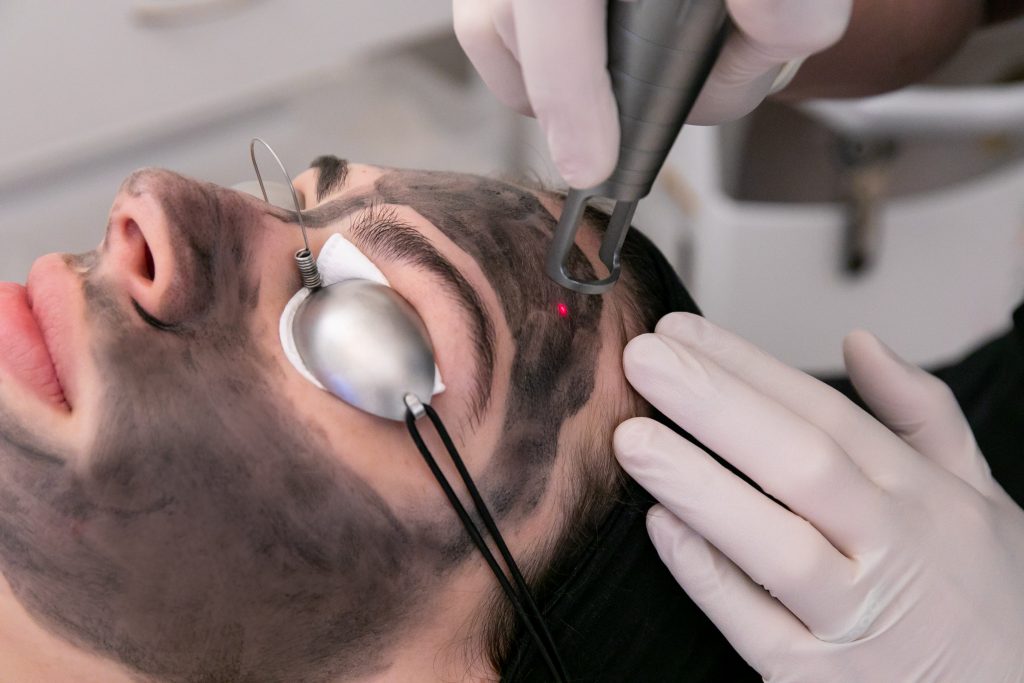
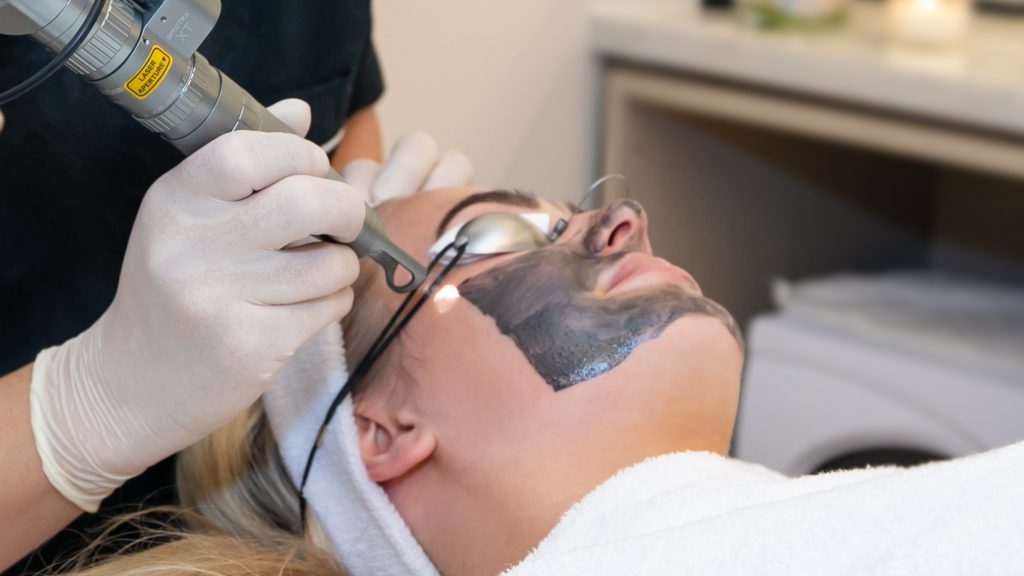
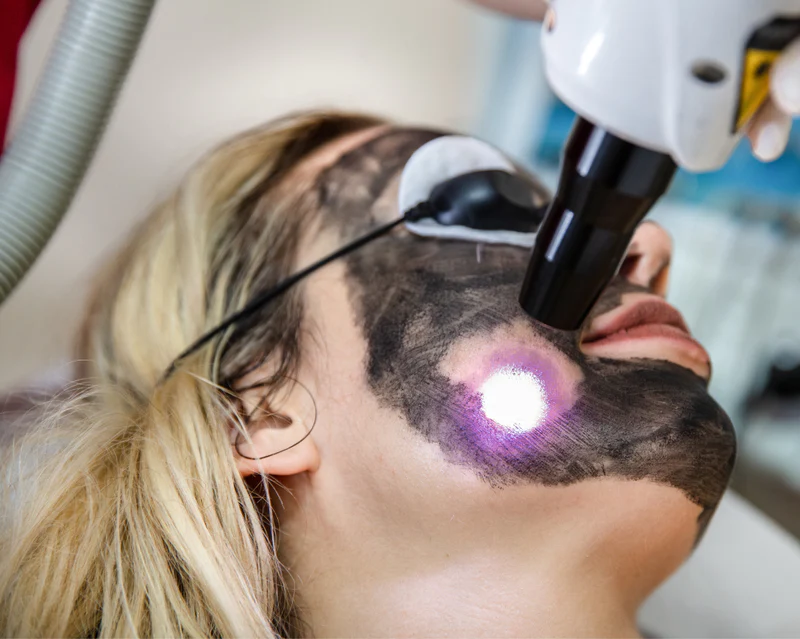
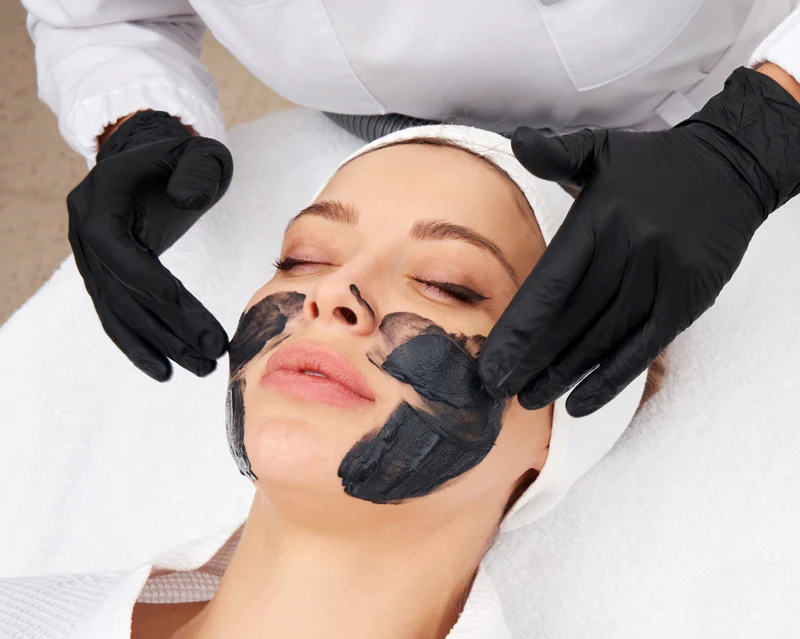
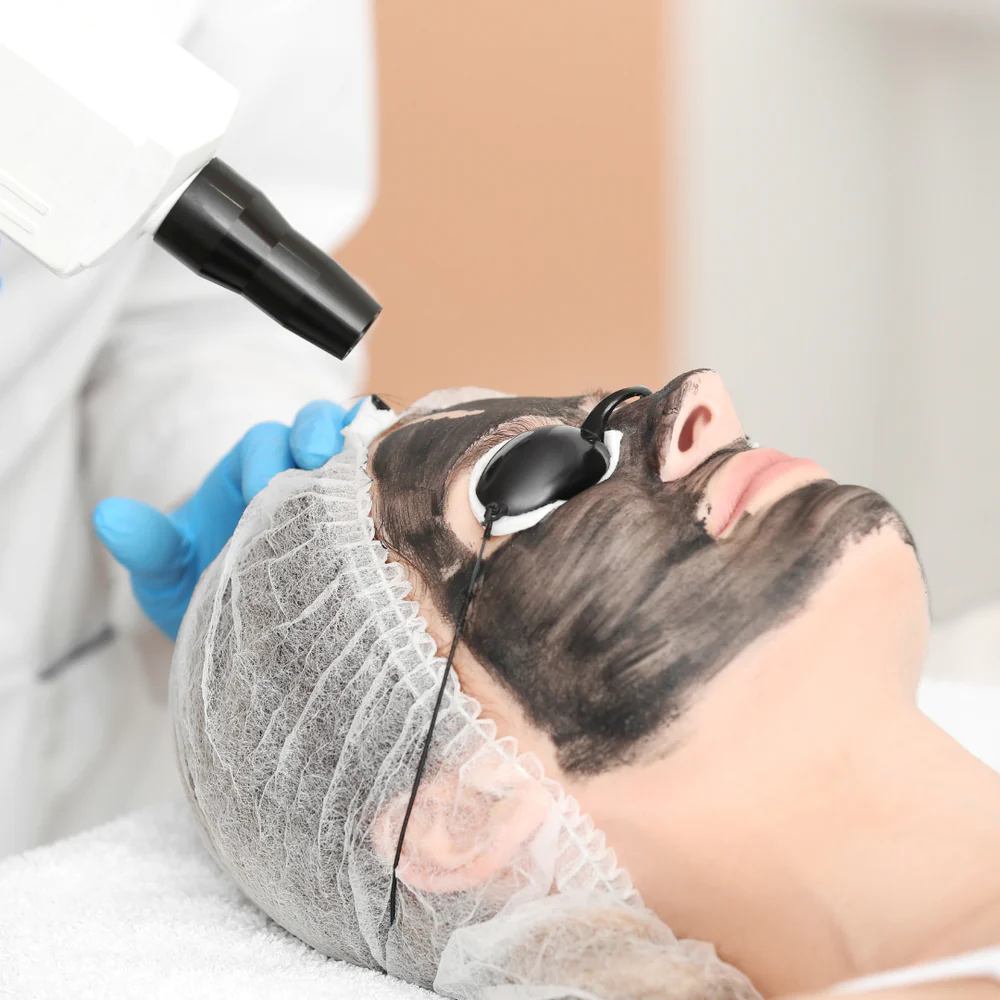
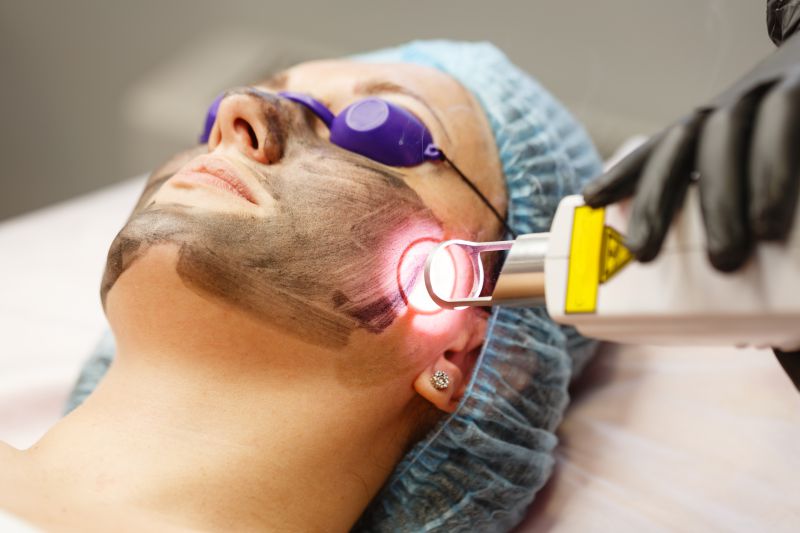
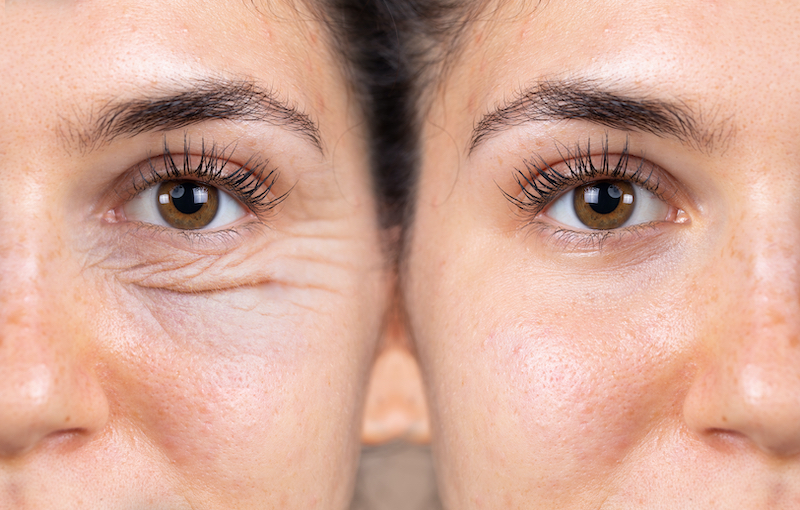


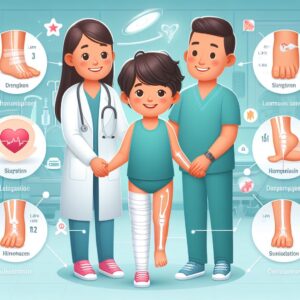
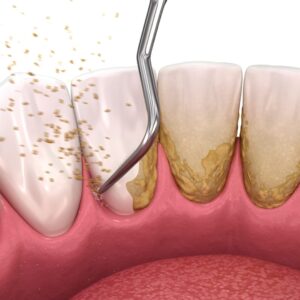
Reviews
There are no reviews yet.